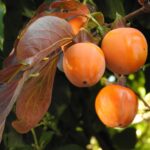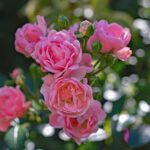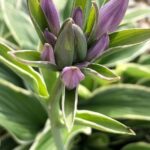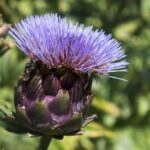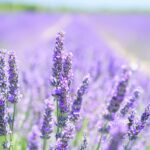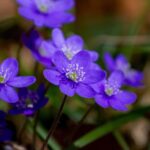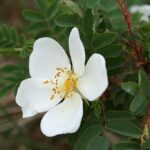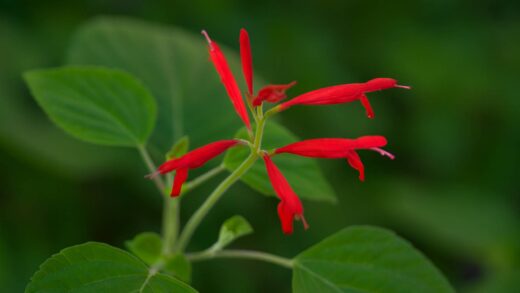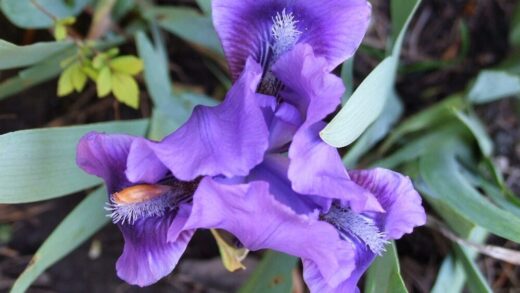The artichoke, this unique and flavourful vegetable, although it may seem like a robust plant, can fall victim to numerous diseases and pests that can significantly reduce the quantity and quality of the harvest. The key to successful cultivation is the timely identification of pathogens and pests, as well as the consistent application of preventive and integrated plant protection strategies. It is essential for the diligent grower to be familiar with the most common threats, as prevention is always more effective and cost-efficient than treating an established infection. With this knowledge, the health of the plant population and an abundant, marketable harvest can be ensured.
During artichoke cultivation, fungal diseases pose one of the most serious challenges, especially in wet, humid weather conditions. These microscopic organisms can attack any part of the plant, from the leaves and stems to the heads, causing severe economic damage. Proper agrotechnical methods, such as correct plant spacing and creating an airy stand, are fundamental for prevention. To avoid infections, it is crucial to carefully remove plant debris from the area at the end of the season, as this can be the primary source for the overwintering of these fungi.
One of the most widespread fungal diseases is grey mould, caused by the fungus Botrytis cinerea. The symptoms of the infection most often appear on the buds and bracts as water-soaked, brown spots, which are later covered with a characteristic grey, fuzzy mould coating. The pathogen is particularly aggressive in cool, rainy periods and easily enters the plant tissues through wounds. The disease spreads rapidly, and infected heads become unfit for consumption and unsaleable, so control should begin with preventive fungicide treatments even before symptoms appear.
Another significant problem is powdery mildew, which can be caused by several fungal species, most commonly Leveillula taurica and Erysiphe cichoracearum. The characteristic symptom of the disease is a white, powdery coating on the upper and lower surfaces of the leaves, which inhibits photosynthesis, leading to plant weakening, yellowing, and leaf death. Powdery mildew prefers warm, dry weather, but high humidity promotes spore germination, so fluctuations between day and night temperatures are particularly favourable for its spread. The basis of control is proper plant nutrition, avoiding excessive nitrogen input, and the timely application of sulphur-based or other specific active-ingredient fungicides.
The diverse world of insect pests
The artichoke plant is also threatened by numerous insect pests, which cause crop loss by damaging different parts of the plant. These pests weaken the plant with their chewing, sucking, or mining lifestyle, and can open the door for secondary pathogens such as bacteria and fungi. The philosophy of Integrated Pest Management (IPM) is particularly important here, which involves prioritising biological control options and the judicious use of chemical agents. Regular crop monitoring is essential for the early detection of pests.
More articles on this topic
One of the most specific and significant pests is the artichoke plume moth (Platyptilia carduidactyla). The caterpillar of this small moth causes the greatest damage by boring into the developing buds, where it feeds on the soft parts and the floral axis. The damaged heads become deformed, and brownish frass and webbing can be found at the feeding site, making the produce unsaleable. Control is difficult as the caterpillar hides inside the bud, so control measures must be timed to coincide with the moth’s flight period, preventing egg-laying and larval penetration.
Aphids, especially the black bean aphid (Aphis fabae) and the green peach aphid (Myzus persicae), can also cause serious problems. They suck sap in large numbers from young shoots and the undersides of leaves, leading to leaf distortion, yellowing, and stunted growth. Furthermore, the sooty mould that develops on the honeydew secreted by aphids inhibits photosynthesis, further weakening the plant. However, their greatest threat is their role as virus vectors, so controlling them is of paramount importance, which can be achieved by protecting their natural enemies (ladybugs, hoverflies) and, if necessary, using selective insecticides.
Leaf miners, such as larvae of Liriomyza species, feed within the leaves, creating characteristic winding tunnels, or “mines,” in the leaf blade. Although a moderate infestation does not cause significant economic damage, a more severe attack reduces the photosynthetic surface, which can lead to a decline in the overall condition of the plant and a reduction in yield. Control primarily consists of removing and destroying infested leaves and reducing the adult fly population with yellow sticky traps. Chemical control is rarely justified and is only recommended in cases of severe infestation.
Hidden threats: viruses and bacteria
In addition to fungal diseases and insects, artichokes can also be threatened by viral and bacterial infections, which are often more difficult to identify and treat. There are no direct pesticides against viral infections, so the emphasis is entirely on prevention, which includes using virus-free propagation material and consistently controlling virus-transmitting vectors, such as aphids. Bacterial diseases, on the other hand, often infect through wounds, taking advantage of mechanical or frost damage to the plant.
More articles on this topic
Artichoke Latent Virus (ALV) and other potyviruses are among the most common viral pathogens. The symptoms of infection are often mild or completely absent, but they can cause mosaic leaf discoloration, plant stunting, and reduced yield. Viruses are primarily transmitted through vegetative propagation material (division of clumps) and by aphids, so the most important control strategy is to plant certified, virus-free stock. Infected plants should be immediately removed and destroyed to prevent further spread.
Bacterial soft rot, most commonly caused by bacteria of the Erwinia (now Pectobacterium) genus, attacks the base and root crown of the plant. As a result of the infection, the tissues become mushy, turn brown, and emit an unpleasant odour, leading to the rapid death and wilting of the plant. The pathogens live in the soil and enter the plant through wounds, such as insect bites or injuries during cultivation. Overwatering and poorly drained soils greatly favour the development of the disease, so the key to prevention is improving soil structure and avoiding injury to the plant.
Although less common, Artichoke Curly Dwarf disease can cause severe symptoms. Affected plants are stunted in their development, their leaves become deformed and curled, and the plant remains dwarfed. This disease is likely caused by a virus, which is also transmitted by insect vectors. There is no effective control against it; diseased plants must be immediately removed and destroyed from the stand, combined with control of the vectors. Prevention is again the most important factor, based on using healthy propagation material and controlling insect vectors.
Strategies for prevention and integrated management
The foundation of successful artichoke cultivation is a well-thought-out, prevention-focused plant protection strategy based on the principles of Integrated Pest Management (IPM). This holistic approach involves the coordinated application of various control methods—agrotechnical, biological, and chemical—to keep pest and disease populations below economically damaging levels. The goal is not complete eradication but the creation of a sustainable balance between the cultivated plant, pathogens, pests, and their natural enemies. This approach minimises environmental impact and contributes to food safety.
Agrotechnical prevention forms the basis of control and begins even before planting. The selection of a suitable site is crucial: well-drained, nutrient-rich soil and a sunny, airy location all contribute to the good condition and resistance of the plants. The use of crop rotation is essential to prevent the build-up of soil-borne pathogens and pests. During the season, weed control, balanced nutrient supply, and the correct choice of irrigation (e.g., drip irrigation instead of wetting the foliage) all reduce the pressure of infection.
Biological control is based on protecting and enhancing the natural enemies of pests. By creating favourable habitats for beneficial organisms such as ladybugs, hoverflies, lacewings, and parasitic wasps in and around artichoke plantations, the populations of aphids and other pests can be significantly reduced. The use of selective pesticides that spare beneficial insects is essential. Bacillus thuringiensis (Bt)-based products, which selectively affect only moth caterpillars, can be used effectively against caterpillar pests.
Chemical control should always be the last resort in an integrated system, when agrotechnical and biological methods are no longer sufficient to keep the problem below the economic injury level. Before spraying, it is essential to accurately identify the pathogen or pest in order to choose the most targeted and effective product. Selective, environmentally friendly agents should always be preferred, and the dosage, waiting periods, and occupational safety regulations specified in the instructions for use must be strictly observed. Preventive, timed treatments, such as controlling fungal diseases when weather conditions conducive to infection arise, are much more effective than treating an already established, severe infection.




